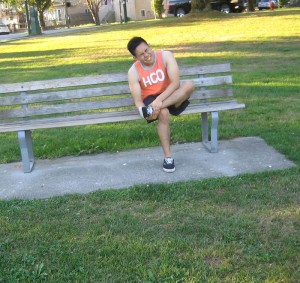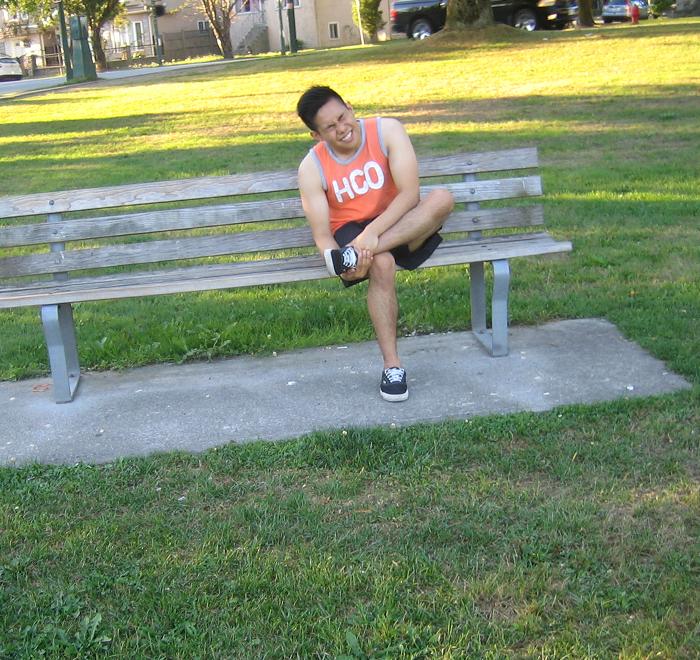Bunions are bony lumps that develops at the base joint of the big toe. Bunions will develop when wearing tight shoes, an injury and an inherited structure of the bone that causes the big toe to be pushed toward other toes on the foot. The big toe becomes enlarged and causes pain and there is difficulty in performing exercises and even walking.
Bunions are enlargement of bone and tissue on the sides and on the top of the joint either on the big toe or the smallest toe called bunionette. The enlargement can be caused by a combination of bone and joint misalignment with inflammation of the tissue. Bunions can be classified into mild, moderate and severe.
Causes of bunions
- Repeated use of pointed, narrow and high-heeled shoes that puts significant pressure and stress on the tissues found at the base of the big toe and the little toe.
- Bunions can be inherited and foot function patterns or biomechanics are also inherited.
Symptoms
- Tissues around the joint are swelling
- Redness, pain and tenderness
- Adjacent nerve irritation can result to tingling or numbness of the big toe
- A severe pain within the joint can be caused by the degeneration of the joint caused by arthritis.
- The affected toe is displaced under the adjacent toe and cause deformity.
Treatment

- Perform foot exercises to slow down the progress of the bunion and prevent the need for surgery. Stretch the big toes by using the fingers in pulling the big toe to its proper alignment with the rest of the toes. And then stretch the rest of the toes by pointing them straight ahead for at least 10 seconds, and then curl them under for 10 seconds for several times. Another exercise is pressing the toes alongside the floor or wall until they are flexed back and hold this position for about 10 seconds and then release. Perform this exercise several times every day. Practice picking up an article of clothing or a piece of cloth using the toes, then drop it and then pick it up again.
- Wear a bunion pad or inserts for shoes being used to realign the toes. Inserts for shoes can also help realign the toes when used.
- Apply tape on the foot and toes to maintain normal alignment for at least a week or two.
- Lessen the pain caused by bunions by soaking the feet in warm water for at least 20 minutes. The warmth relaxes the joints and lessen pain.
- An ice pack can also be placed on the bunions. Place ice cubes in plastic bag and cover it with a clean cloth or towel. Apply the pack on the area for at least 20 minutes for several times every day.
- Take the prescribed non-steroidal anti-inflammatory medications such as ibuprofen to lessen the pain.
If experiencing severe pain that becomes worse or the feet does not anymore fit in the shoes, seek medical help immediately.

